Top Class Actions’s website and social media posts use affiliate links. If you make a purchase using such links, we may receive a commission, but it will not result in any additional charges to you. Please review our Affiliate Link Disclosure for more information.
A recent class action lawsuit accuses Tesla of selling vehicles with a defect that causes unexpected and dangerous acceleration.
Numerous plaintiffs have lodged their claims in the Tesla class action lawsuit, arguing the Model X, Model S and Model 3 can accelerate suddenly without the driver’s doing. The defect allegedly produces full power and acceleration, even if the driver is not pressing the acceleration pedal.
“Tesla has been intentionally overlooking a dangerous problem while rushing its vehicles to market, and this is not even its first time doing so,” the plaintiffs argue in their Tesla class action lawsuit.
“This defect is recurring: It has manifested at a staggering rate in Tesla’s Model X and Model S vehicles, and now examples of sudden uncommanded acceleration […] are appearing in the Model 3 as well.”
Tesla was founded by Elon Musk in 2006, with the promise of providing mass produced electric-powered vehicles at an affordable price. Although the Roadster, Model S and Model X have become popular luxury vehicles, the more affordable Model 3 has only recently been distributed.
Although Tesla vehicles, including the newer Model 3, have been described as “computers on wheels,” the plaintiffs argue that something is seriously wrong with the vehicles and has been for many years.
According to the plaintiffs, the integrated electronic hardware and operating software of Tesla’s 2013-2020 Model S, 2016-2020 Model X, and 2018-2020 Model 3 all suffer from a defect which causes the unexpected acceleration.
More recently, the issue was reportedly exposed in a high profile case where a Tesla Model 3 accelerated suddenly, ran off a public highway and struck an office building – killing an office worker in the impact.
In another incident, consumer Hacene Djemil was trying to park his car and reportedly ended up ramming across the parking lot into the wall of a Subway restaurant. Djemil claims that the car accelerated without his input, resulting in serious injuries to his wife and children. The plaintiffs say they have also had similar experiences.
In addition to the high profile cases and the experiences of the plaintiffs, the Tesla class action lawsuit references countless reports with the National Highway Traffic Safety Administration (NHTSA).
To add insult to injury, the plaintiffs claim that Tesla’s own automobile sensors are designed to pin the blame for these incidents on drivers. Even if a driver doesn’t press the acceleration pedal, the vehicle’s sensors allegedly report after crashes that the driver did in fact intentionally accelerate.
“The SUA Defect’s risks are simply unacceptable, and the computerized cover-up is even worse,” the Tesla class action lawsuit argues. “Tesla must be held accountable.”
Unfortunately, according to the plaintiffs, it is hard to pinpoint exactly what went wrong with the Tesla vehicles. Tesla vehicles are designed as a “black box,” the plaintiffs argue, meaning that vital information is withheld form both drivers and the general public.
Even though Tesla reportedly collects data from Tesla vehicles every day, vicious competition amongst the tech company and its Silicon Valley rivals reportedly leads the manufacturer to guard this data closely.
“Tesla’s secrecy has made it impossible to pinpoint the precise mechanism of the SUA Defect, much less the individual lines of source code or specific hardware components involved in the failure,” the plaintiffs argue in their Tesla class action lawsuit.
“For now, it is sufficient to understand that these defects are manifest in Tesla vehicles and that SUA events are occurring at a statistically significant frequency that is endangering Tesla owners, occupants, and the general public.”
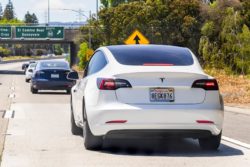
The company argued the earlier petition against them was filed by a Tesla “short-seller” and their vehicles function as intended.
“We investigate every single incident where the driver alleges to us that their vehicle accelerated contrary to their input, and in every case where we had the vehicle’s data, we confirmed that the car operated as designed,” Tesla wrote in the January blog post.
Despite Tesla’s reassurances, the plaintiffs disagree. The 372-page Tesla class action lawsuit includes a total of 54 claims against the company, ranging from violation of state consumer protection laws, breach of warranties, unjust enrichment, fraud, and more.
Plaintiffs seek to represent a Class of individuals who are current or former owners or lessees of Tesla’s 2013-2020 Model S, 2016-2020 Model X, and 2018-2020 Model 3 vehicles. The plaintiffs also seek to represent several statewide Classes for California, Arizona, Florida, Georgia, Massachusetts, New Jersey, North Carolina, Oregon, Pennsylvania, Texas, and Washington.
Did you or someone you know purchase a Tesla vehicle? Have you heard of this acceleration defect? Share your thoughts in the comments section below.
The plaintiffs and proposed Class are represented by Richard D. McCune, David C. Wright, Steven A. Haskins, and Mark I. Richards of McCune Wright Arevalo LLP; Benjamin L. Bailey, Eric B. Snyder, Jonathan D. Boggs, Arthur H. Bryant, and Todd A. Walburg of Bailey & Glasser LLP; and Donald H. Slavik of Slavik Law Firm LLC.
The Tesla Acceleration Defect Class Action Lawsuit is Inkie Lee, et al. v. Tesla Inc., et al., Case No. 2:20-cv-00570-JVS-KES, in the U.S. District Court for the Central District of California.
Read About More Class Action Lawsuits & Class Action Settlements:
What Does the California Coalition Against Sexual Assault Do?
Flight Attendants Seek $60 Million in Virgin America Wage Lawsuit
Trump Admin Faces Lawsuit Over International Students Policy
ATTORNEY ADVERTISING
Top Class Actions is a Proud Member of the American Bar Association
LEGAL INFORMATION IS NOT LEGAL ADVICE
Top Class Actions Legal Statement
©2008 – 2024 Top Class Actions® LLC
Various Trademarks held by their respective owners
This website is not intended for viewing or usage by European Union citizens.

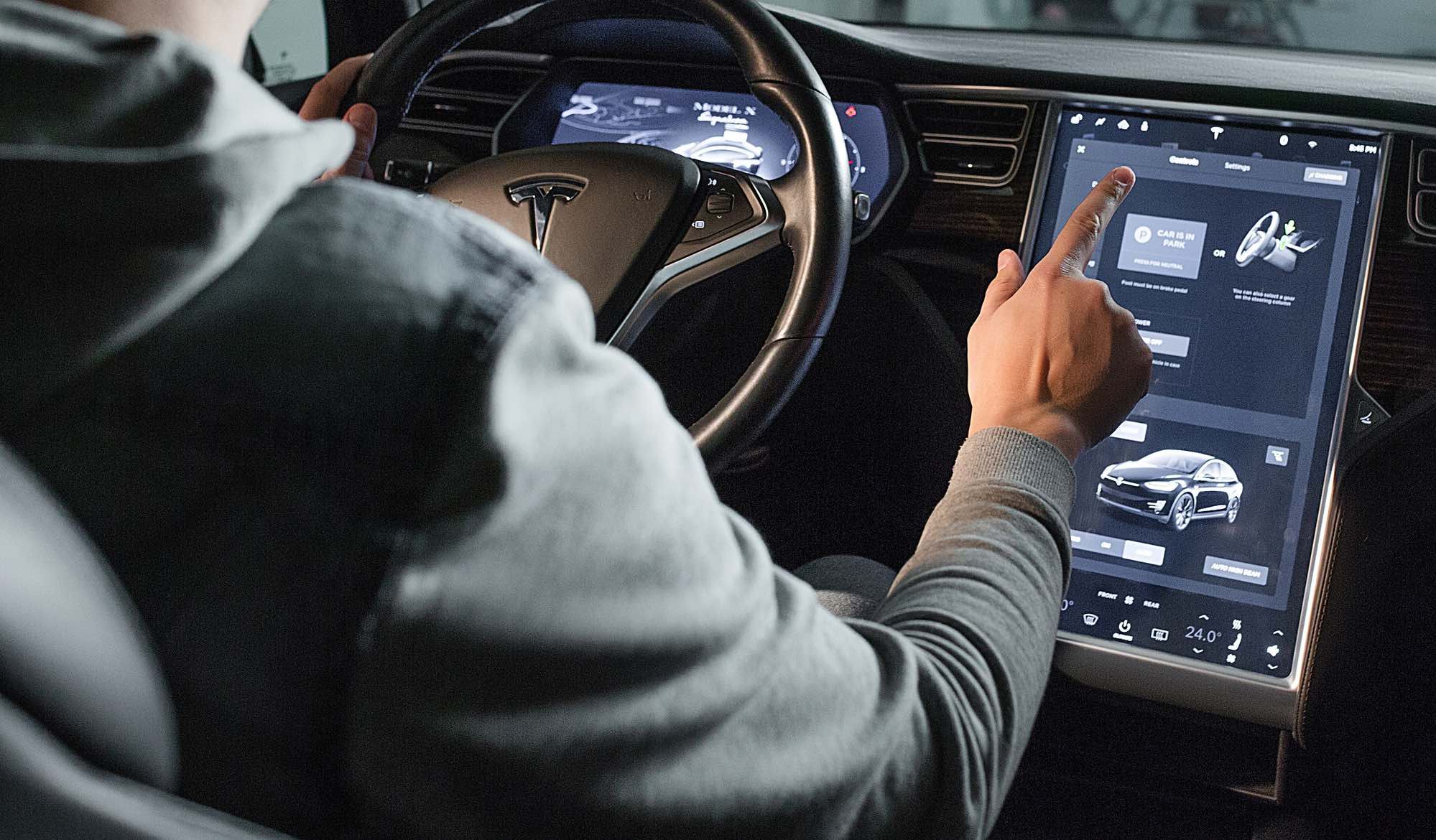

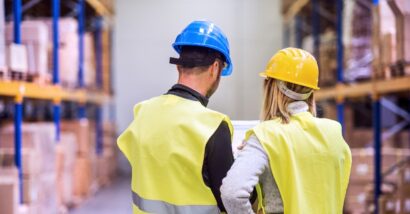
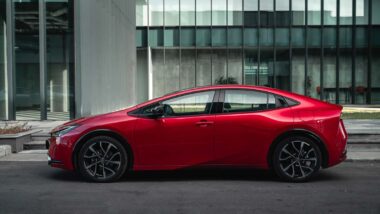
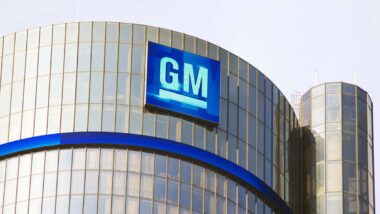
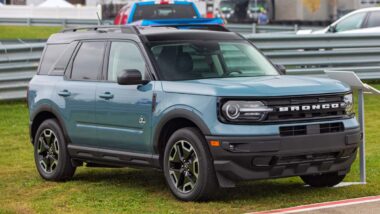
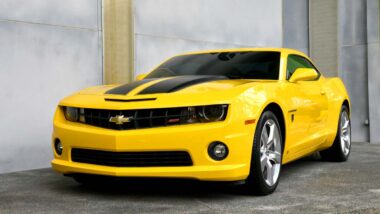
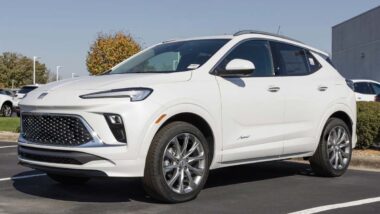
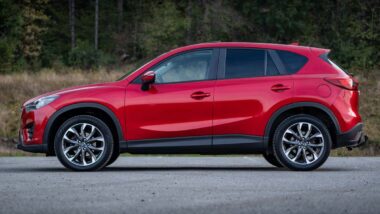
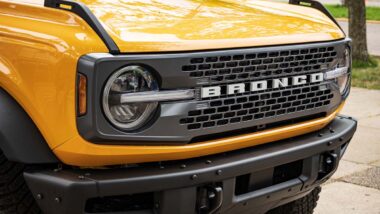
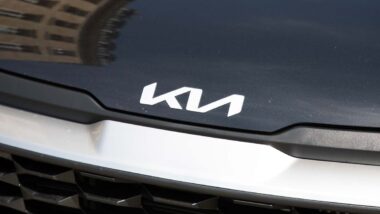
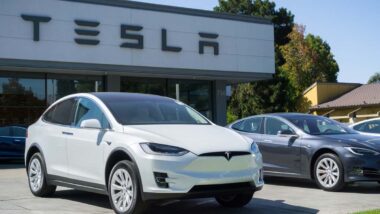
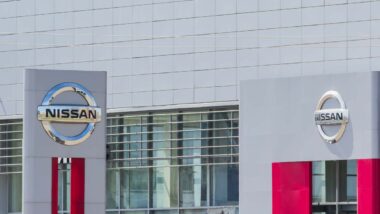
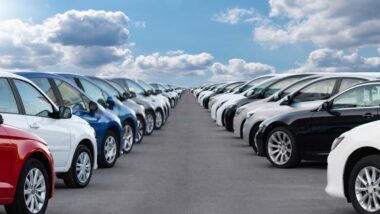
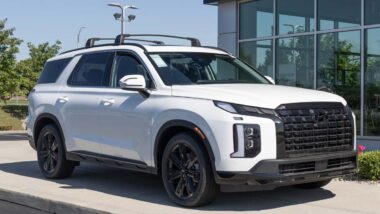
22 thoughts onTesla Class Action Lawsuit Alleges Acceleration Defect
My Model X bought in 2018, 85 days later, I drove the car home, stoped the car in front at front gate, I was going to push remote to open the iron security gate( Double iron gate, each one is 16.4 ft W x 6 ft H), suddenly the Tesla was full power (more than 60 MPH) accelerated /crashed through the heavy Iron gate hited hard to the side reinforced concrete wall and the iron railing . The car speedy toward to my neighbor’s property.. Air bag deployed, heavy smoke inside the car.
Tesla repeated replacement of their lawyer teams, they deliberately delayed the proceedings of litigation and postponed the trial. The lawsuit has been dragging on for more than four years. I like to join class-action lawsuit against Tesla Inc. Please contact me at hlh312@yahoo.com if you know any class-action team or we may work together for justice.
I also have a sudden unintended accelerated happened with my 2018 Telsa model 3 on 01/05/2022 when I slowly turning my car to the right to park in Kaiser Permanente’s parking lot, all of the sudden the car shooked so hard then accelerated forward hitting the curb and into the tree in front of me. The car bounced back after hitting the tree and landed perfectly in the parking space. I stepped on the brake when it shooked but the brake was loose. Luckily, it was late at night so there were no one walking in the parking lot. There were just damages to the front bumper. I do have a video of the accelerated incident. I could not get anyone at Telsa to give me a detail of the internal report. They kept giving me a run around. Please let me know how I can join the class action lawsuit.
Hello
I would also like to join this law suit
My model Y, suddenly accelerated while I was trying to park in a parking lot. I was about to put the car in park when it suddenly accelerated and went over the curb, then the sidewalk and stopped in the middle of the road.
This happened earlier this year
February 11, 2022 in my Tesla model 3 while trying to park at place of work which is a daycare.
My car hit the curb flew over embankment missed a car, pole,
Wall, tree all while my foot was on the brake.